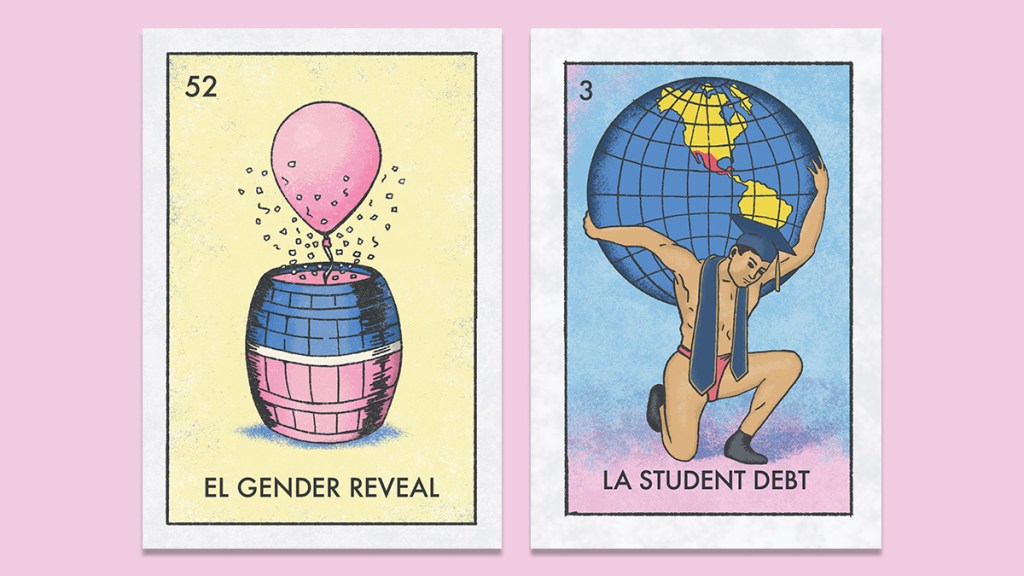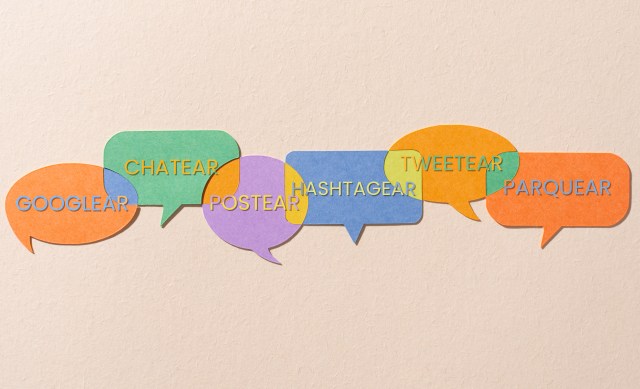The Story Behind The Game That Captivated Thousands of US Latinos
In 2017, I left my job as a creative in Hispanic marketing. I was tired of seeing brands push narratives that felt out of touch with my life and the lives of other young Latinos in the U.S. As an immigrant from Guatemala, I knew that the Latino experience here is diverse and nuanced. Yet, the advertising world often reduced our stories to oversimplified cultural markers. Campaigns repeatedly relied on the same tired clichés—soccer, tacos, abuelas (grandmothers), piñatas, and Cinco de Mayo—alongside a constant focus on multigenerational families and Spanish-only messaging.
While these are aspects of Latino culture, they represent only a narrow slice of who we are. I realized that brands were missing the chance to connect with young Latinos eager for representation that reflected their modern realities. That’s when I decided it was time to create something different. And so, Millennial Lotería was born.
Building a game that reflects us
When I started working on Millennial Lotería, my goal wasn’t to create a card game about Latino identity—it was to capture the experience of being a young person navigating life in the U.S.
For reference, Lotería (lottery in Spanish) is a traditional Mexican board game similar to Bingo. The game is played on a deck of cards instead of numbered ping-pong balls.
I began by posting updated versions of classic Lotería cards on Instagram, making them more relevant to today’s world. Instead of outdated stereotypes like “La Dama” (The Woman) and “El Borracho” (The Drunk), I introduced characters like “La Feminist,” “El Intern,” and “La Student Debt.”

It wasn’t about focusing on what made us different as Latinos, but on what made us the same as other young people. We face student loans, side hustles, dating apps, and social justice movements—just like everyone else. I wanted Millennial Lotería to capture that shared experience. By modernizing the game with humor, I was able to reflect both my Latino heritage and my life as a Millennial in America.
The response was overwhelming. Thousands of young Latinos started following me on social media, asking where they could buy the game. We’re now at over 400k followers across TikTok and Instagram. What began as a small project in my apartment quickly grew into a product now sold in thousands of stores across the U.S., from small Latino-owned businesses to retail giants like Target and Walmart.
The future of Latino influence in American pop culture
The statistics are clear: Latinos are the youngest major demographic in the U.S. According to the Pew Research Center, the median age of Latinos is 29.5 years, much younger than non-Hispanic whites (44.3 years), African Americans (34.6 years), and Asian Americans (37.5 years). Nearly 25% of all children under 18 in the U.S. identify as Latino.
Latino youth culture is already shaping mainstream U.S. culture in a big way. Genres like reggaetón, Latin trap, and regional Mexican music have become mainstream, with artists like Bad Bunny, Karol G, and Grupo Frontera leading the charts. This new wave of Latino influence appeals to both Latino and non-Latino youth alike.
Social media platforms like TikTok, Instagram, and YouTube have given younger Latinos a global stage. They are creating viral trends, memes, and challenges that resonate far beyond the Latino community. Content from these communities is often bilingual, blending cultural references that appeal to a diverse audience, reflecting the multicultural reality of modern America.
Recognizing the power of young Latinos
Brands need to wake up to the economic power of young Latinos. Nielsen reports that Latino purchasing power reached $2.7 trillion in 2021. This group’s youth and tech-savvy make them key drivers of digital trends, and they are highly responsive to online advertising and social media campaigns.
Marketers must understand the cultural and linguistic nuances of this demographic. While many younger Latinos are bilingual or primarily English-speaking, they maintain a deep connection to their cultural roots. Content that seamlessly blends both English and Spanish tends to resonate more deeply with this audience.
Below are a few key insights for marketers.
Go digital-first. Younger Latinos live online. If you want to reach them, you need to be where they are—on TikTok, YouTube, and Instagram.
Embrace bilingual and bicultural messaging. Campaigns that acknowledge the bicultural reality of young Latinos perform better. Don’t rely on stereotypical “Latino” themes. Instead, embrace the diversity of musical genres, TV shows, and movies that resonate with youth culture.
Prioritize cultural relevance over tokenism. Younger Latinos can spot inauthentic representation a mile away. Brands that meaningfully engage with Latino culture by collaborating with Latino creators will earn their loyalty.
Follow youth-driven trends. Latino youth are influencing trends in fashion, beauty, and beyond. Stay on top of street fashion, social media influencers, and emerging Latino designers shaping both mainstream and alternative cultures.
Millennial Lotería is proof that focusing on the issues young people care about—not identity politics or cultural clichés—can lead to success. As the Latino population continues to grow, and young Latinos take the lead, it’s clear that brands need to adapt. Latinos aren’t just a “niche” market; we are the future of the U.S. economy.
And that’s the story I set out to tell with Millennial Lotería; a story that’s only just beginning.
https://www.adweek.com/creativity/millennial-loteria-captivated-thousands-us-latinos/

